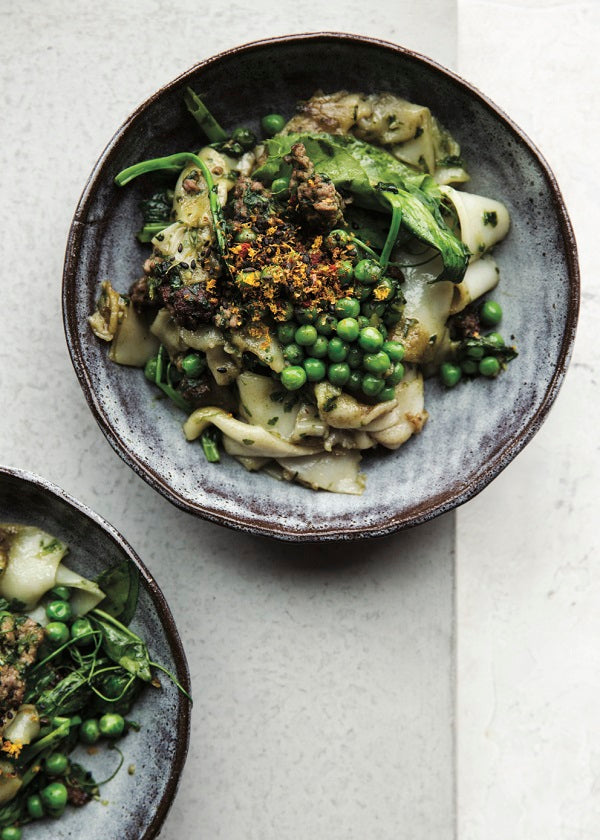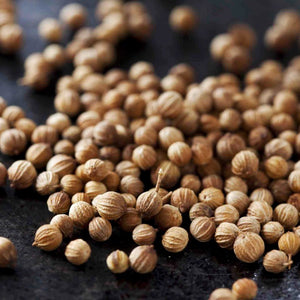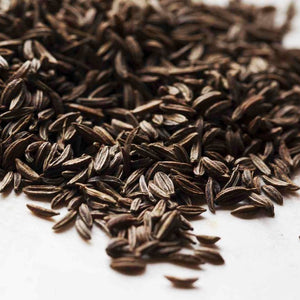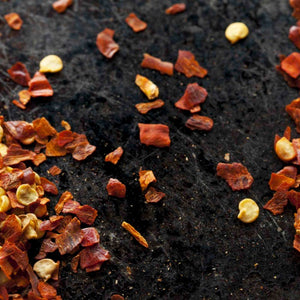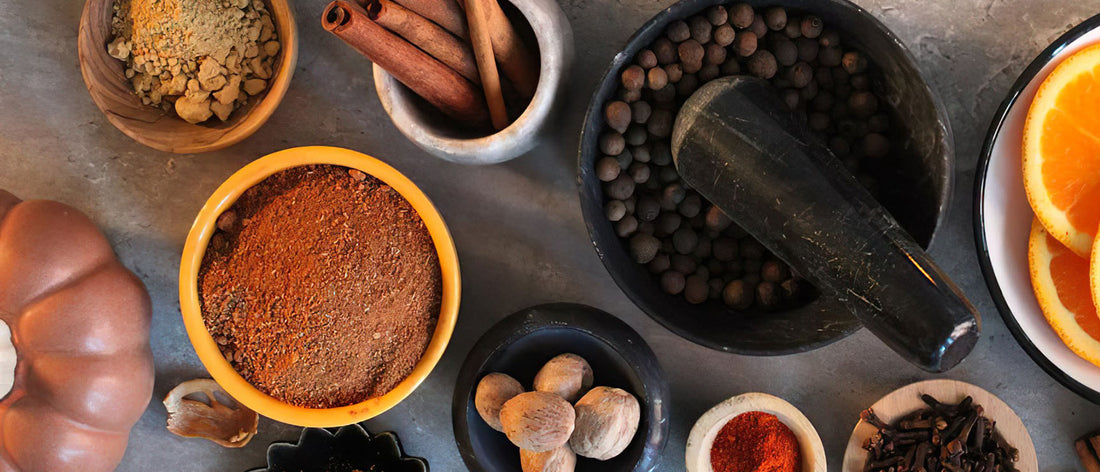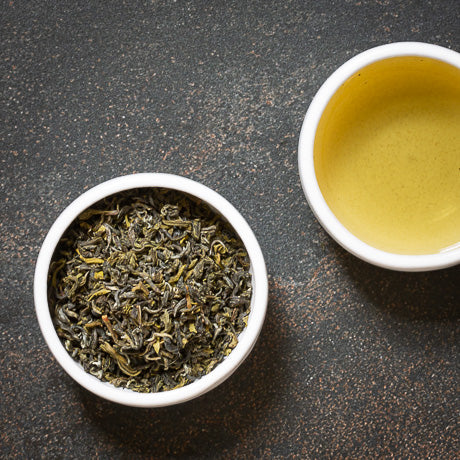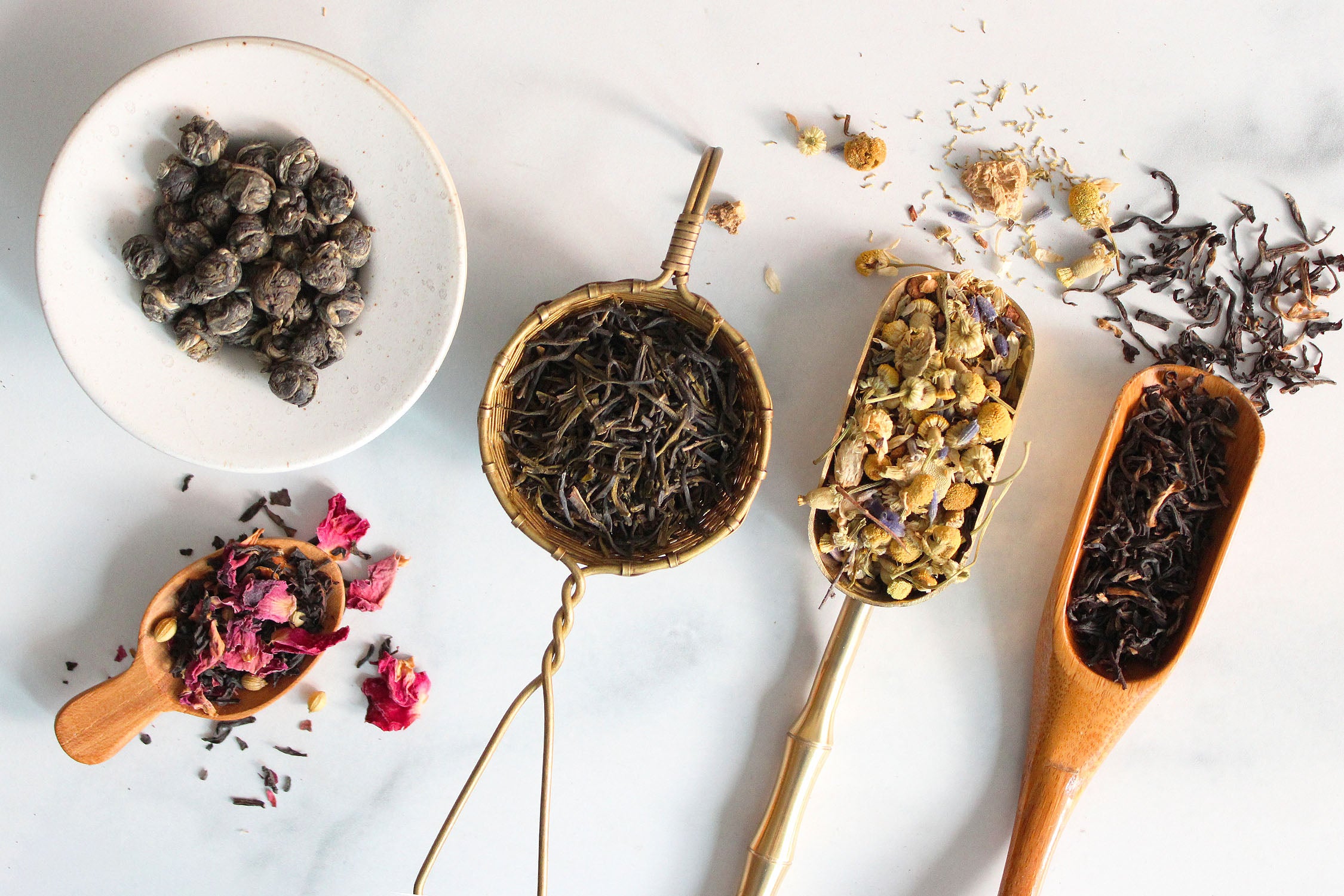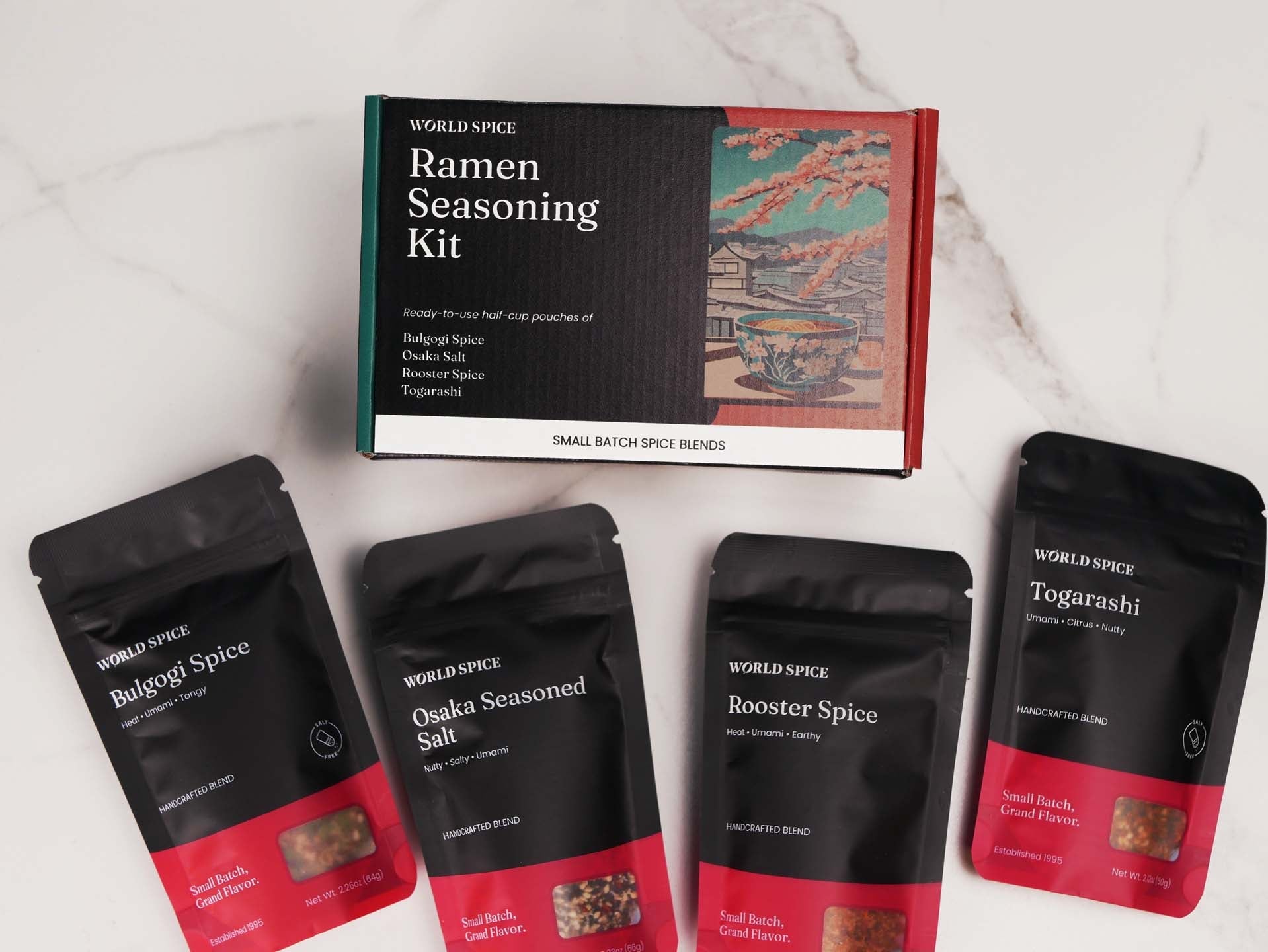This has resulted in a unique and authentic fusion of food. In My Rice Bowl, she thoughtfully combines different flavors together and results in making Korean flavors more accessible to everyone: “It’s all about how I kind of take my traditional Korean palate and knowledge and then how I make it my own here in America…We like to think of it as unexpected and delicious first, and Korean second (or maybe even further down the line).” In the cookbook you’ll find favorites like the restaurants’ kimchi recipe but, also dishes such as seaweed noodles with crab and crème fraîche, tahini-garlic grilled pork belly, fried cauliflower with miso bagna cauda, chipotle-spiked pad thai, Korean-taco pickles, and the ultimate Korean fried chicken (served with peanut brittle shards for extra crunch). This book exemplifies cross-cultural cooking at its most gratifying, such as this take on Chow Fun. From the lemongrass sausage to the pea vines to the fresh mint. It's sure to satisfy your stomach and dazzle your taste buds.
From the author: "With their light texture, rice-based chow fun noodles (sometimes spelled shao fen) are a natural match for the springy, green flavor of home made lemongrass sausage. Tossed with a loose mint and cilantro pesto, baby peas, and pea vines, this Trove favorite is the antithesis of a heavy noodle dish. We top it with our version of togarashi, the traditionally Japanese spice mixture that we blend with dried orange zest, to add just a hint of heat.
Look for the wide, flat chow fun noodles in the produce section or the refrigerated section of a large Asian grocery store. Although they're sometimes sold already cut into half-inch strips, look for the kind that are packaged uncut, so you can cut them yourself into slightly wider strips, if possible. (They're impossible to tear apart when cold. If you purchase them refrigerated, reheat them in the microwave for about ten seconds at a time, until the noodles are soft and pliable.)
If you'd like to break up the work for this recipe, make the sausage, pesto, and togarashi up to a day before serving, and refrigerate the first two, covered, until ready to use. We always assemble each serving individually at the restaurant, but at home, it's easier to do in two big batches in a large wok, using half the serving ingredients for each batch."


